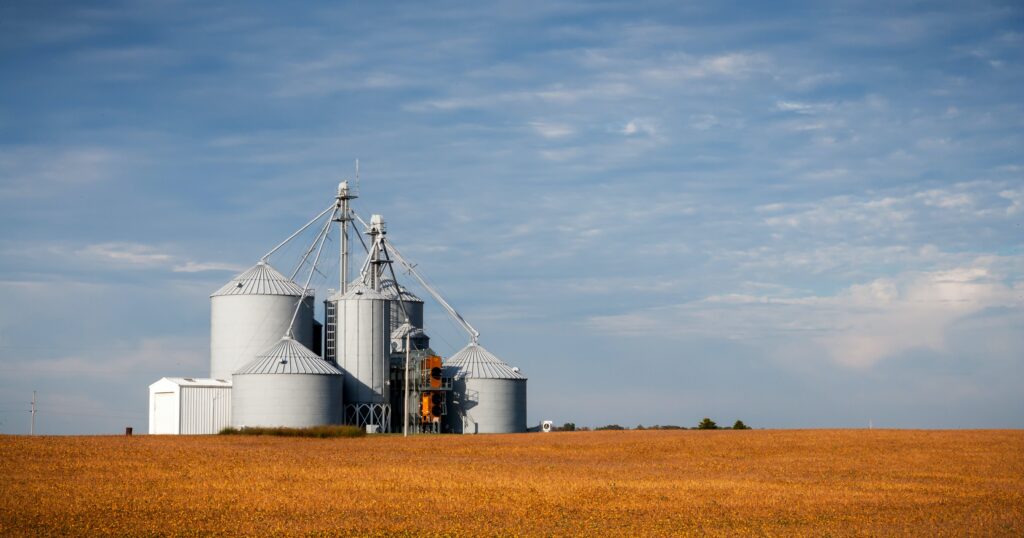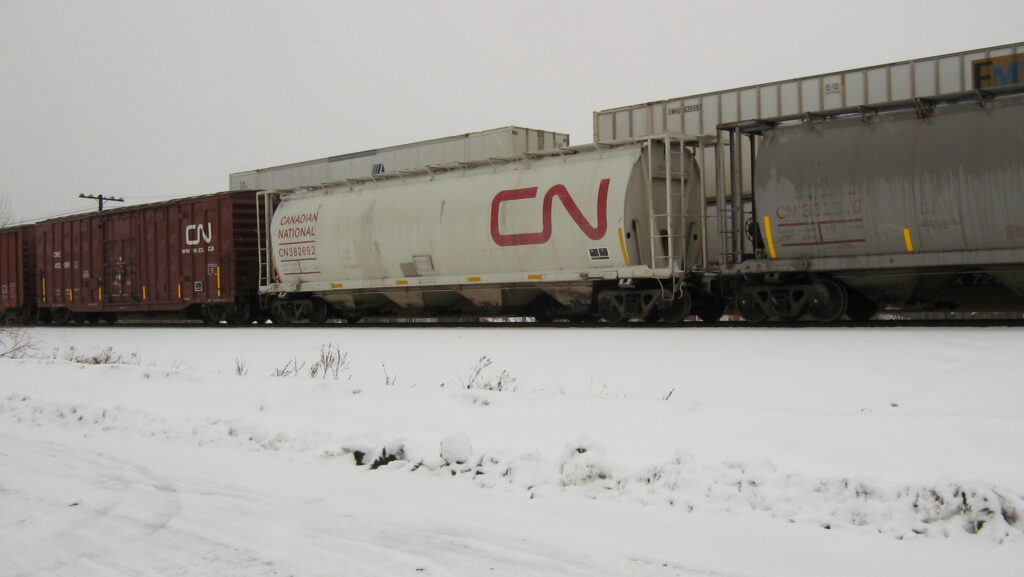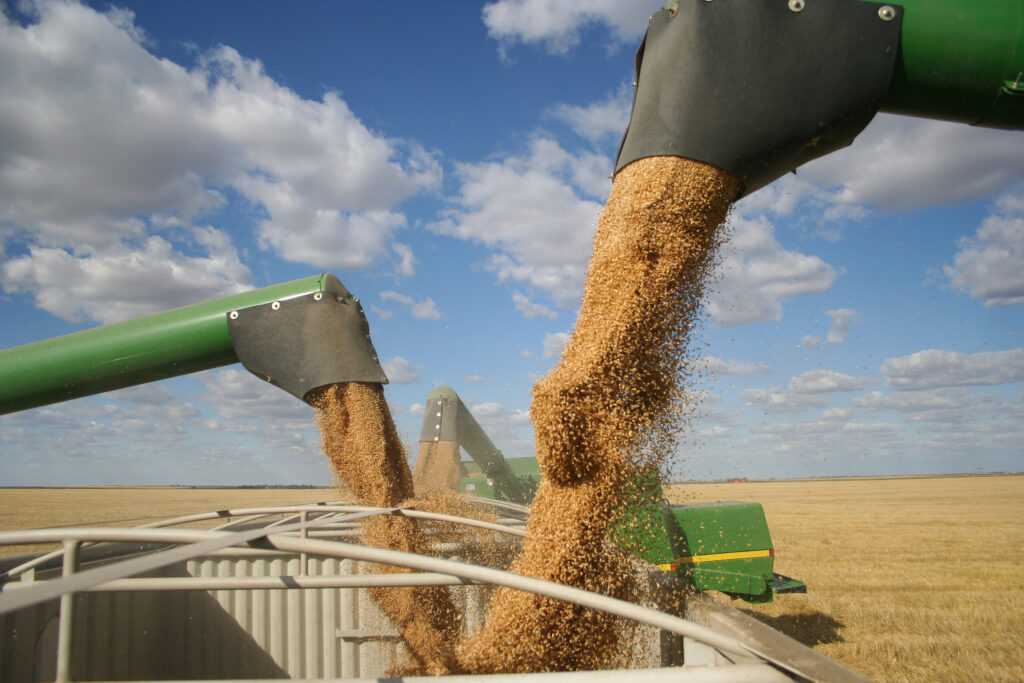
In the interests of the grain producers
Canada Grain Act Discussion Group power-point presentation
Click HereRestoring the Gold Standard (Submission to the Canada Grain Act Review)
Click HereMembership
Click HereTwo simple tests for assuring accountability in primary elevators.
The Canadian Grain Commission’s 2012 decision to dump the Act’s pre-2012 regulatory oversight of primary elevators, without public hearings or written justification of how reduced oversight conforms to the interests of producers, is untenable because its ethical proposition – that producers are at least as well off in the absence of measureable oversight as they were when they had it – is completely unproven.
Even cursory examination of the inspection protocols routinely undertaken on behalf of primary elevators and Canada’s export customers reveals the bankruptcy of current CGC policy in support of producers: outside vanishingly rare use of the Canada Grain Act’s subject to inspector’s grade and dockage independent binding arbitration provision, farmers are completely exposed. Grain companies probe every hopper of every truckload of producer deliveries because they don’t trust farmer samples and CGC outward inspection continuously samples every spout at ship loading because Canada’s customers don’t trust the trade. Can anyone honestly argue western farmers – alone – should trust grain companies to be the final arbiter of the grades, dockage and weights that determine their bottom lines? Or that this absence of oversight is in keeping with the intent of the Act?


We believe the Commission may be vulnerable to a lawsuit for failing to fulfill its obligations under section 13 Objects of the Act for imposition of this blatant double standard, in which the Commission maintains meticulous checks on exports and the trade has the power to impose rigorous sampling at the driveway, but producers have no comprehensive statutory safeguard at all. Anecdotal reports from retired CGC inward inspection staff indicate the grades and dockage assigned by primary elevators in the pre-2012 period were frequently incorrect. However, a successful lawsuit would have to quantify these errors in a rigorous way in order to prove farmers have been damaged financially by loss of the previously auditable oversight regime.
Fortunately there’s a relatively simple way to obtain this information, first by comparing the primary elevator grain tags (called “I-90” strips by the CGC) attached to rail cars received at port pre-2012, recording primary elevator assigned weight, grade and dockage, with the final inward inspection and terminal weighing values determined by the CGC. Though twelve years have passed, this information may have been computerized or otherwise preserved; if so it could determine whether farmers are better off under the post-2012 unregulated weight/grade/dockage regime now installed at primary elevators. Alternatively, if this information no longer exists, the CGC could review its primary elevator audit data for the years leading up to 2012 to establish aggregate numbers, though this approach would be unable to discern the error rate for individual carloads and therefore inferior. In either case, a key second step would be to combine whatever residual data the Commission may possess from the years since 2012 with a CGC-commissioned study to evaluate the accuracy of current primary elevator assigned weights/grades/dockage for comparison with data from the pre-2012 period.
This comparison is important because by verifying the accuracy of private elevator weights, grades and dockage against those assigned by the CGC, the Commission could determine the exact rate of primary elevator error over the last period for which it possessed comparative data. Establishing this error rate is crucial in assessing what is after all, for the CGC, a pivotal quality control issue. If such a study did reveal errors, what level of error is acceptable to the Commission? If such errors occurred to the aggregate disadvantage of farmers, what level of error would the Commission consider statistically prejudicial to the interests of producers? And if such a threshold was met, what level of error would be required for the Commission to consider increased oversight, of the kind that previously existed and is recommended in this opinion piece, to become once again advisable?
These are important questions and the answers would be of great value to both producers and the Canada Grain Act. Moreover, farmers shouldn’t have to litigate to verify the assumptions that presumably underlay abolition of the old auditable regulatory regime. Much better for the CGC, of its own volition, to commission either internal or independent audits of the surviving data as outlined above – two simple tests – to definitively quantify the accuracy of private elevator vs. CGC inward inspection/weighing values and whether the post-2012 unregulated weight/grade/dockage system is a gain, wash or loss for producers.
The Commission undertook a comprehensive multi-month audit of its Weighing Services unit in 2016 to confirm CGC vessel loading weights met expected standards (including a year-long test of data and transactions), in the interests of Canada’s grain customers. And the CGC routinely reviews grain handler assets and liabilities as part of its extensive licensee and auditing program, to protect farmers from licensee failure. An audit to determine the accuracy of primary elevator assigned grade/weight/dockage compared to its own values is no different and would be an immense contribution to the producer interest – one which can only be undertaken by the CGC.

Bruce Dodds and Cameron Goff are the authors of Restoring the Gold Standard: Addressing the post-2012 loss of CGC oversight at primary elevators, a submission to the Canada Grain Act Review’s In Country Oversight Initiative